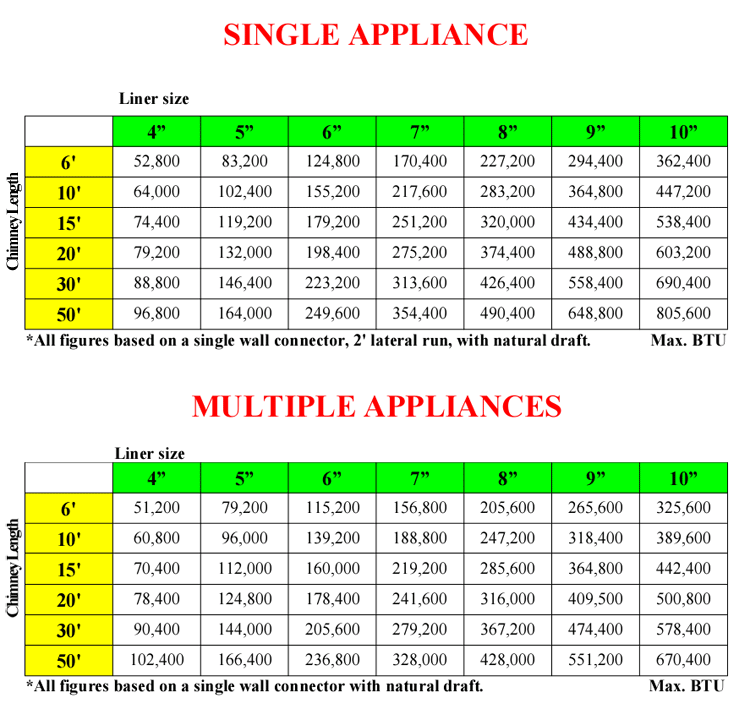By using unadjusted source-fuel BTU data it will skew the calc to the high side, but you're a few orders of magnitude too low on the BTUs/CCF- 1 CCF= 102,000 BTU, not 1,020 BTU (But whats 100:1 between friends?

)
And you don't say what your heating outside design temperature is, (which will vary depending on where you are in CT), nor have you calculated the fuel use rate at that temp.
For the sake of example, let's use +7F, the 97.5th percentile design temp for Hartford & New Haven (see:
http://www2.iccsafe.org/states/virginia/Plumbing/PDFs/Appendix%20D_Degree%20Day%20and%20Design%20Temperatures.pdf
Taking your January + February fuel usage only (since it's less contaminated with hot water use and short-cycling losses) assuming it's a post-1980 78-80% AFUE boiler with a DOE steady state efficiency of ~80% we have:
Source fuel BTUs of 51,714,000 + 46,308,000= 98,022,000 BTU, burned in an 80% boiler delivers 0.8 x 98,022,000=
78,417,600 BTUs to the house....
...distributed over 1167 + 939 = 2106 HDD/65F...
...which is 78,417,600/2106= 37,200 BTU / HDD...
....or 37,200/24=
1550 BTU per heating degree hour.
To get to BTU/hr we need to know the design temp, and subract it from the approximate no-load balance temp (usually base 65 for a non superinsulated house kept at 68-70F most of the time)
At an outside design temp of 7F, that's (65 - 7 =) 58 heating degrees, so times 1550 BTU/degree-hour gives you a design condition heat load of
(58 x 1550=)
89,900 BTU/hr.
Or you could use the 99th percentile design temp of +3F, for 62 heating degrees and end up with 62 x 1550= 96,100 BTU/hr
So yeah a boiler with either an input or output of 275K is going to be on the order of 2.5-3x oversized, which is enough to affect shoulder-season efficiency, but at least it it's not 14x oversized and operating way-down the steep cliff on the part-load efficiency curve the way it would be if the measured heat load actually WAS 20K, and not ~90K.
If you're boiler is a crusty antique complete with crumbling asbestos insulation and a 25 year old retrofit conversion burner that replaced the oil burner which had been mounted on the door for the coal feed, you can safely assume it wast burning at a much lower efficiency, call it 55% instead of 80%, and convert accordingly, but you're probably looking at 60-65K for a heat load even under those circumstances.
Which is a bit on the high side for even a 3 story with 4000+ ' of living space. If it's a 3 story balloon-framed structure with little or no wall insulation the stack effect drive of a tall house will make for high infiltration rates. Retrofitting either cellulose (any density) or dense-packing one of the new school micro-fine fiberglass blowing wools (eg Optima or Spider) to 1.8lbs density would reduce that drive considerably while reducing conducted heat losses out of the walls. Air sealing the top floor ceiling/attic interface (blower door verified) and the foundation sill/band joists etc to block whole-house stack effect can also make a huge difference. If you have a flue-chase that runs unobstructed from the basement to the attic that can be a HUGE infiltration driver. Every house that vintage has some obvious and some less-obvious thermal bypasses like that, and the taller the house, the more it's actually costing you.
I'm guessing the natural infiltration on this building is well over 1 air exchange per hour, but it probably wouldn't cost an arm and leg to get it under 0.3ACH/nat, at which point the insulation can actually work. (A well insulated wind-tunnel is still expensive to heat.) An insulation contractor that does air-sealing as a service who uses blower doors and infra-red cameras to find & fix all the thermal bypasses would likely be able to cut your heat load at design temp by more than 1/3 for far less money than installing a mod-con boiler that would cut your fuel use by as much.
But if your boiler is one of those asbestos-crusted coal-to-oil-to-gas converted beasts from 1905 you may want to do both, using a Manual-J type calc for the post-air-sealed/insulated condition to size the boiler. The heat exchanger passages on the fire side in those ancient boilers are big enough to send a small Cocker Spaniel through, and it's true steady-state efficiency may be under 50%. But if it's a post-1980 boiler in decent shape it can still be hitting 80%+ steady-state, and with the Intellicon & 2-3x oversizing it'll be getting over 70% as-used, maybe even over 75%.



